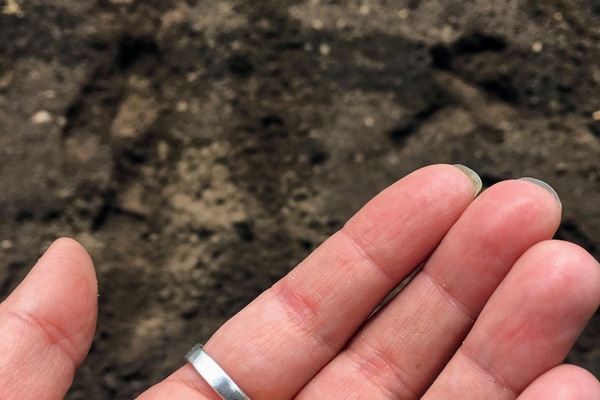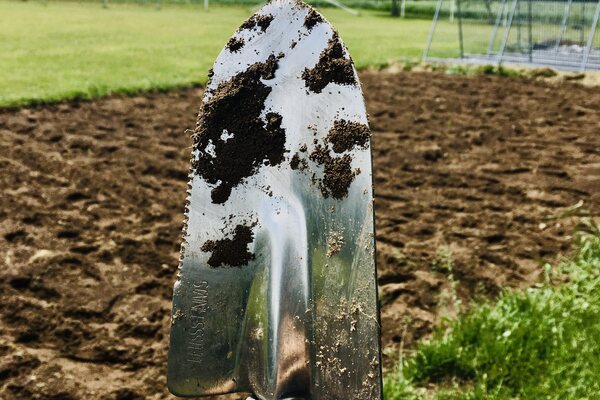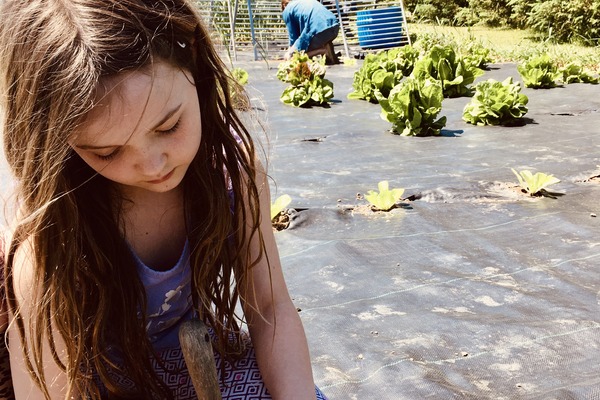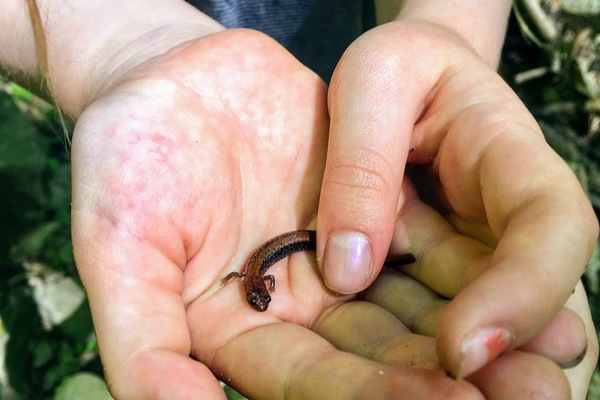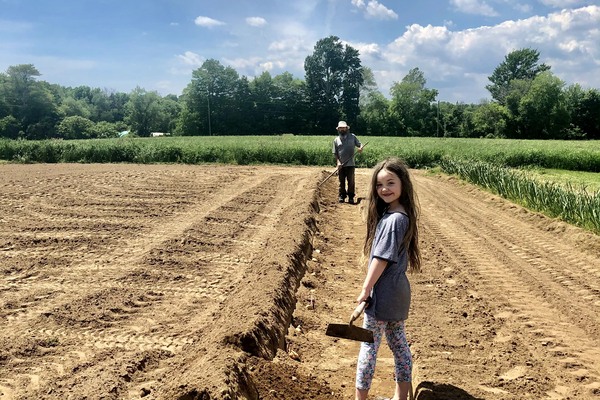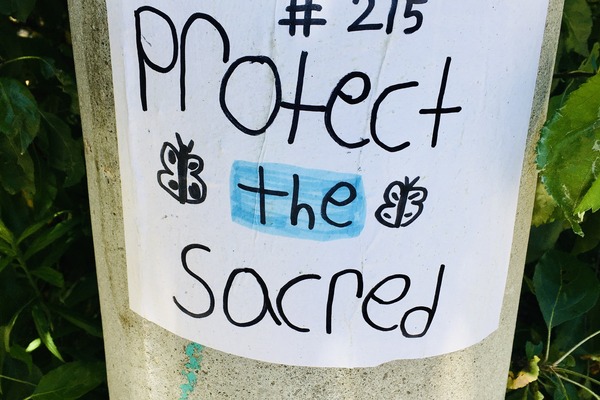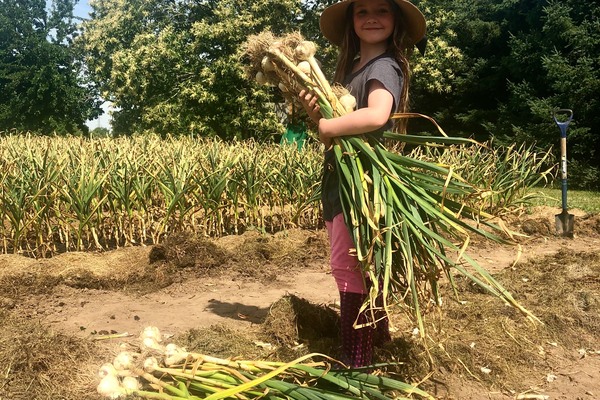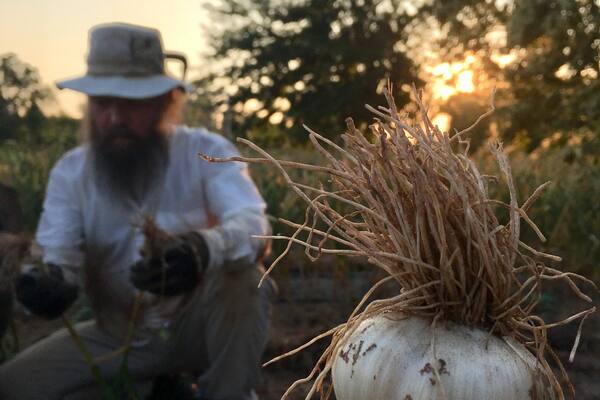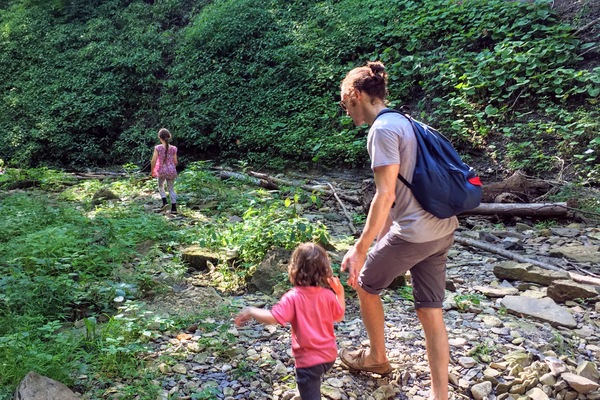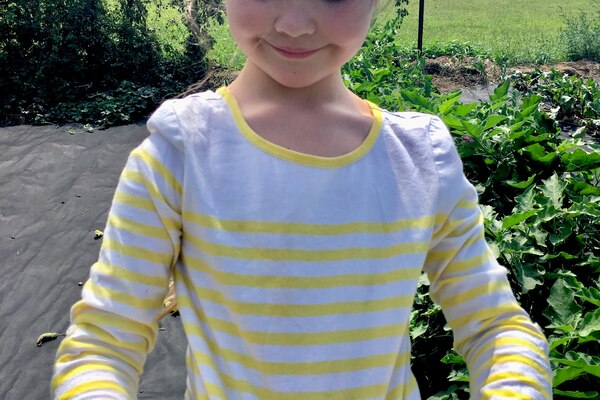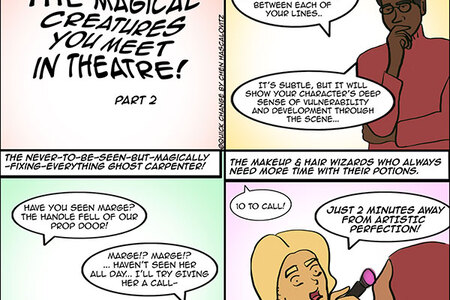While We Wait...
Our arts and crafts columnist Desiree Proveau explores our connection to the land we live on and how the “pause” this pandemic has provided us in our usually hectic lives can help us deepen our understanding of our history and each other. There’s an art and a craft to doing this, and it may be among the most important benefits of this pause.
In my last column I mentioned that my family and I had escaped the city and taken refuge at my parents’ farm for the foreseeable future. It’s become our “Greenbelt safe house,” and has allowed me to disconnect from the hustle and bustle of urban life. Best of all, it has given me the rare opportunity to really slow down and connect more deeply to the land around me.
In the before times I visited my parents’ farm on holidays and in the summer months, reaping the yields from their breathtaking vegetable gardens, lounging in the pool of my dreams, hiking around the beautiful landscape and soaking up as much of the country air as I possibly could before catching the train back to my home in the city where nature struggles to exist.
The pandemic has allowed for much longer stays with my parents. I mean we actually move in and give my parents a spirited reminder of what life is like with a three- and seven-year-old, in case they’ve forgotten (and also show them how essential an unlimited Wi-Fi package really is in the modern world).
This planting season marked the second that we’ve been able to participate in because of the pandemic. It has been an invaluable experience for all of us, especially my children, who now have a much deeper understanding of where their food comes from, how to grow it themselves, and the way this connects us to the Earth and all the living things it supports.
My connection to this small part of the world runs deep. My family history on this farm goes back to the early settlers, and evidence of this is all around in pictures, memorabilia, and in the walls themselves that were built so long ago.
The oldest artifacts are arrowheads found on the property that have been passed down over generations as a reminder that my family were not the first caretakers of this “piece of paradise”, as my Dad likes to call it. These were and are Indigenous lands that we, as Settler Canadians, have been allowed to inhabit.
My husband and I have always been drawn to activism and the many causes led by Indigenous groups are ones we care deeply about and support. But the mass grave of Indigenous children recently discovered at the Kamloops residential school really drove home the horror that is at the heart of our colonial history, and the urgency for all of us to try and educate ourselves and our children from an Indigenous perspective.
Connecting to the land my family has been benefiting from for all our lives includes learning about whose land it is, the treaties that were signed, the Indigenous causes that seek to protect it, and the farming practices we should adopt to ensure this land remains cared for in a way that is in balance with the other living things that also reside on it.
I now feel more connected to this place. The history is very different from what I’d thought it was throughout most of my life. Understanding my privilege, the history behind it – however uncomfortable – and the responsibility to be informed and act accordingly is something I am determined to teach my children.
A great all ages activity is finding out the provenance of the land we are on. There’s an excellent app called Whose Land that does this. We did this as a family and it was especially meaningful to Eloise, our eldest, who has been learning a lot about Indigenous culture in her virtual school classes.
We followed this up by planting a “Three Sisters crop”, which is an Indigenous companion planting technique. When we came back to the city, Eloise made posters to honour the generations of stolen Indigenous children, and the 215 who were discovered in Kamloops. The posters said, “Protect the Sacred. #215.”
These have been emotional days. But at a time when so many of us are helping the hours pass by scrolling online, we also have the ability to learn in a very accessible way that has never been available before. Even simple things, like consciously diversifying our social media feeds, can help us do this. So, for this issue of Meanwhile I just wanted to leave space for us to listen to other voices.





